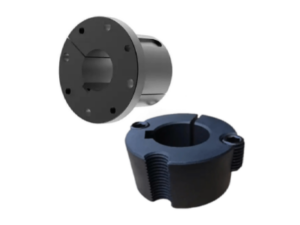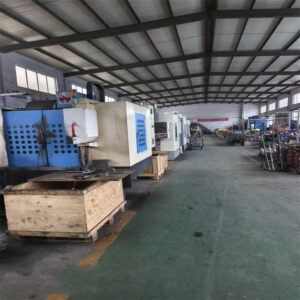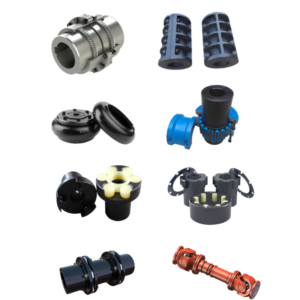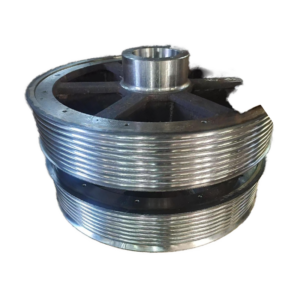Introduction to Taper Bushings
Taper bushings, also known as taper lock bushings or simply taper sleeves, are mechanical components widely used in power transmission systems. They provide a secure and convenient method for mounting pulleys, sprockets, and other components onto shafts.
What is a Taper Bushing?
A taper bushing is a conical metal sleeve with a split design, typically made from high-strength steel or cast iron. Its conical shape allows it to be pressed into matching tapered bores in pulleys or other devices. When installed, the bushing tightens around the shaft as bolts are fastened, creating a strong, friction-based connection.
Key Features
- Quick Installation and Removal: Taper bushings are designed for easy assembly and disassembly, reducing downtime and maintenance effort.
- Strong and Reliable Fit: The tapered design ensures a tight grip between the shaft and the mounted component, minimizing slippage.
- Wide Range of Sizes: They are available in various standard sizes to accommodate different shaft diameters and mechanical requirements.
- Versatility: Taper bushings can be used in a variety of applications, including fans, conveyors, gearboxes, and industrial machinery.
How It Works
The bushing fits into a tapered bore on the mating component. When bolts are tightened, the bushing is pulled into the taper, compressing onto the shaft and locking the assembly in place. The split design allows the bushing to contract uniformly, ensuring an even pressure distribution.
Applications
Taper bushings are widely used in industries such as:
- Manufacturing
- Mining
- Agriculture
- Automotive
- HVAC systems
They are commonly paired with pulleys, sprockets, couplings, and timing belt drives.
Conclusion
Taper bushings are essential components in mechanical systems that require secure and efficient power transmission. Their design allows for simple installation, high torque transmission, and ease of maintenance, making them a popular choice across many industries.






